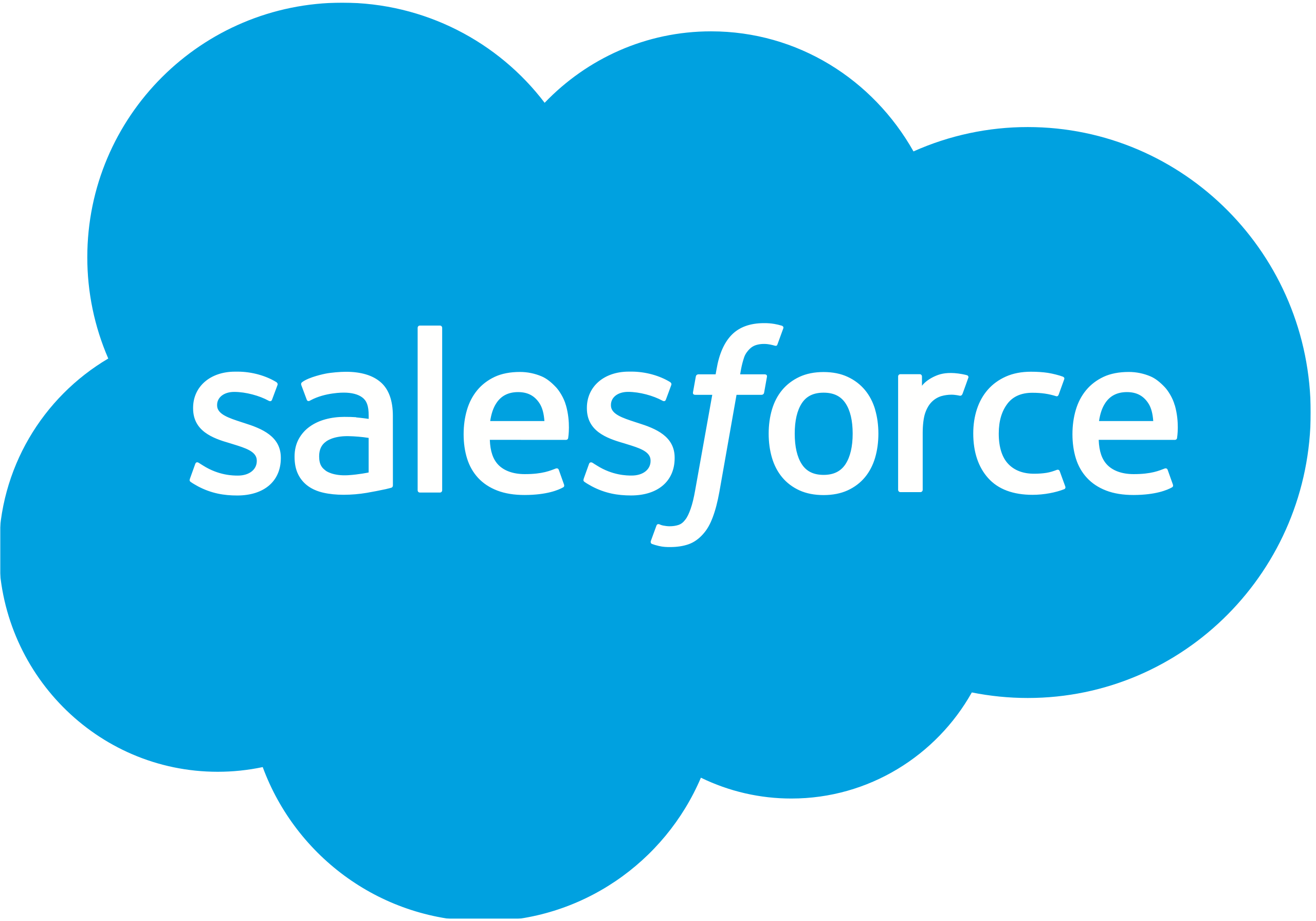Customer Success Playbooks: Driving Client Value

Published on: October 01, 2024
Customer Success Playbooks are strategic guides that outline standardized processes, best practices, and action plans for customer success teams to effectively manage client relationships, drive value, and ensure customer satisfaction throughout the customer lifecycle. These comprehensive resources serve as roadmaps for customer success managers (CSMs) to navigate various scenarios and deliver consistent, high-quality experiences to customers. For more information, check out our customer success playbooks.
🚀 The Importance of Customer Success Playbooks
In the realm of Sales and Revenue Operations, Customer Success Playbooks play a crucial role in:
- Ensuring consistency in customer interactions
- Streamlining onboarding processes
- Facilitating proactive issue resolution
- Driving customer adoption and engagement
- Identifying upsell and cross-sell opportunities
- Reducing churn and increasing customer retention
📊 Key Components of Effective Customer Success Playbooks
Well-designed Customer Success Playbooks typically include:
- Customer Segmentation: Tailoring strategies based on customer types, industries, or product usage.
- Lifecycle Stages: Defining actions and milestones for each stage of the customer journey.
- Key Performance Indicators (KPIs): Establishing metrics to measure success and track progress.
- Engagement Cadence: Outlining the frequency and types of customer touchpoints.
- Escalation Procedures: Providing clear guidelines for handling customer issues or concerns.
- Success Plans: Creating customized roadmaps for achieving customer goals.
💡 Best Practices for Implementing Customer Success Playbooks
To maximize the effectiveness of Customer Success Playbooks, consider the following best practices:
- Align playbooks with overall business objectives and customer success strategies
- Regularly update and refine playbooks based on customer feedback and evolving needs
- Incorporate data-driven insights to inform playbook strategies
- Ensure cross-functional collaboration in playbook development
- Provide comprehensive training for CSMs on playbook implementation
- Leverage technology and automation to streamline playbook execution
🔄 The Customer Success Playbook Lifecycle
| Stage | Focus | Key Activities |
|---|---|---|
| Onboarding | Setting the foundation | Welcome, product training, goal setting |
| Adoption | Driving product usage | Feature education, use case exploration |
| Value Realization | Demonstrating ROI | Success metrics review, case studies |
| Expansion | Growing account value | Upsell/cross-sell, referrals |
| Renewal | Securing long-term commitment | Contract review, future planning |
🎯 Measuring the Impact of Customer Success Playbooks
To gauge the effectiveness of your Customer Success Playbooks, track these key metrics:
- Customer Satisfaction Score (CSAT)
- Net Promoter Score (NPS)
- Customer Churn Rate
- Customer Lifetime Value (CLV)
- Product Adoption Rate
- Upsell/Cross-sell Success Rate
By consistently monitoring these metrics, you can identify areas for improvement and refine your playbooks accordingly.
🤔 Implementing Customer Success Playbooks in Your Organization
As you consider implementing or improving Customer Success Playbooks in your organization, ask yourself these questions:
- How well do our current processes align with customer needs and expectations?
- What are the most common pain points in our customer journey that playbooks could address?
- How can we leverage data and technology to create more dynamic and personalized playbooks?
- What training and resources do our CSMs need to effectively implement playbooks?
- How can we involve customers in the playbook development process to ensure relevance and value?
By thoughtfully addressing these questions, you can develop Customer Success Playbooks that drive meaningful results for both your organization and your customers.

















